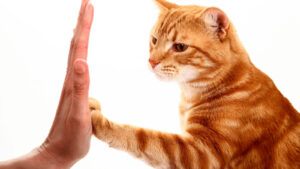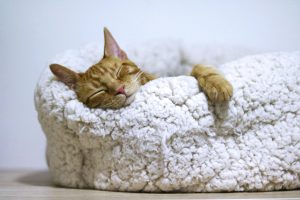Many cat owners worry about their pet’s sleeping habits so today we’ll discuss six amazing facts about cat sleeping habits.
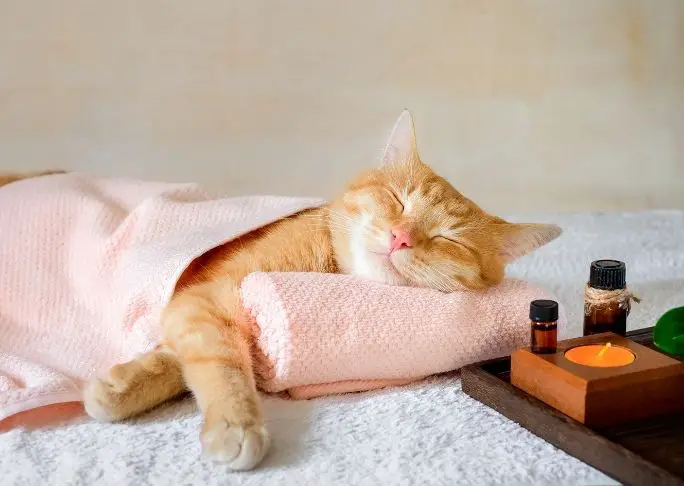
It is known that felines sleep too much, and there’s a debate on if it’s good or not.
However, cats sleep a lot because it’s their nature; they are crepuscular animals.
They love to rest during the day and prefer to stay active between dusk and dawn.
These are common facts you should know as a cat owner. Want more? Keep reading to learn more.
This post contains affiliate links. However all the information provided on this site are my own honest opinions. See more in Disclaimer.
Table of Contents
1. Cats Sleep to Save Energy
Cats have this instinct to prepare for hunting or attacks from other animals in the wild.
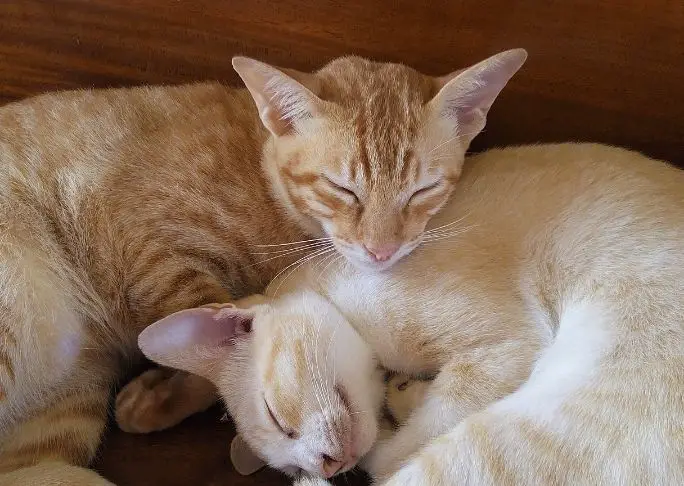
This is a result of evolution, and one way they prepare for hunts is by sleeping to save their energy.
This is why your cat would be up by dusk and dawn – to hunt.
Before they were domesticated, cats lived in the wild like other animals in the family.
In the wild, they need their energy, not just to sleep but to get away from enemies.
Your pet can be an indoor-only cat but still have that natural hunting instinct.
Instead of hunting, your pet can pounce, stalk, and play to exhaust energy after sleeping.
You should spend time with your cat and have play sessions to help them expend their energy in a fun way.
2. Sleep Can Be Affected by Weather
The current weather condition can affect how much your cat sleeps. Your cat is likely to sleep more in hot weather than cold.
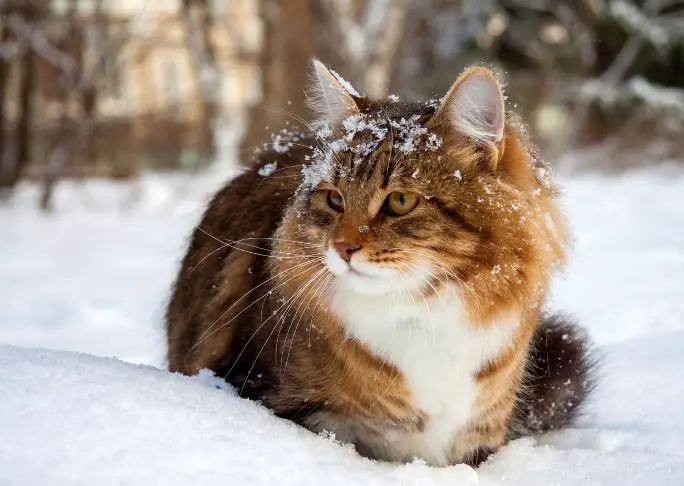
Cats love the heat, but it becomes a problem when it gets too hot.
Excessive heat can cause health complications for your pet.
Therefore, your pet sleeps more to conserve energy to stay safe and healthy.
Engaging in activities that exhaust energy in warm weather will only make your pet feel hotter, and cats know that, so they choose the safe option of sleeping.
Ironically, cats will also sleep more when the weather is very cold.
3. Cats Experience Rem and Non-rem Sleep
Rapid Eye Movement (REM) and non-Rapid Eye Movement (nonREM) sleep are stages of sleep.
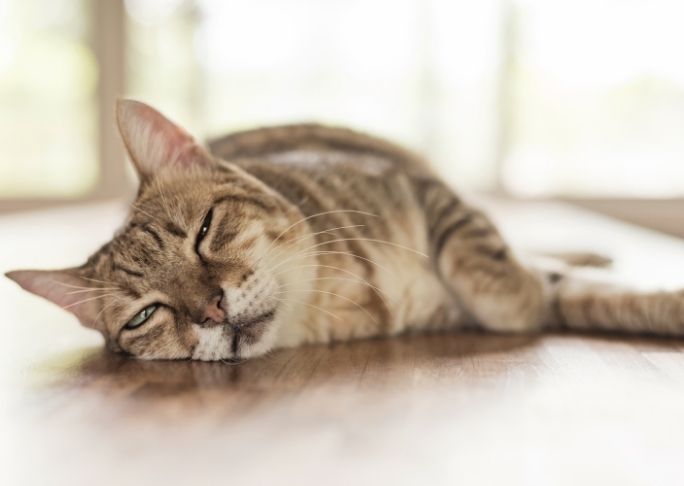
Just like you, your pet experience REM and non-REM sleeps.
As a result, it’s not every time your pet is in a deep sleep. REM sleep is more common with kittens because they need to process new information.
Being able to experience REM and non-REM sleep means that your pet can dream.
According to sleepfoundation.org, dreaming occurs mainly during the REM phase. Also, your pet can dream of anything from food to play, humans, other pets, etc.
4. Cat Snoring Is Normal
Did you find your pet snoring? There’s nothing to worry about as it’s normal.
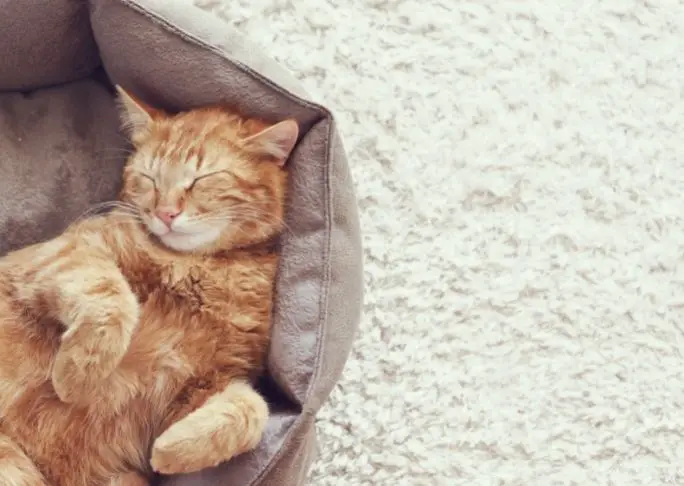
Although snoring is less common in cats, it’s not rare for breeds with flattened facial features; Persians and Himalayans, for instance.
Their flattened face often causes respiratory issues.
You’ll know your pet’s snoring isn’t normal if behavioral changes accompany it.
Sometimes, it could simply be due to your pet’s position; cats sleep in strange positions most of the time.
Also, your pet can be snoring because of its weight; obese cats snore more. See our post on how to make your cat lose weight here.
5. Cats Spend About 70% Of Their Life Sleeping
Cats sleep for about 70% of their lives, two-thirds of their lives.
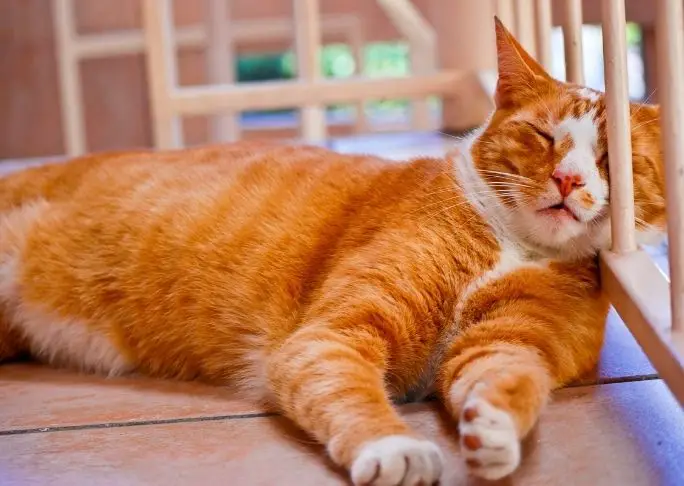
Putting this into context, a six-year-old cat would be asleep for four years and awake for only two years.
This is because cats sleep for long periods during the day. On a 24-hour day, your cat will sleep for 13 to 16 hours.
Some cats sleep for 20 hours, staying awake for only 4 hours.
However, technically, cats do not sleep for all these hours. As previously mentioned, they experience both REM and non-REM sleep.
So, your pet might just be resting his eyes.
6. Cats Are at Alert Even When Asleep
Unlike humans, cats don’t feel dull and lazy when they wake up.
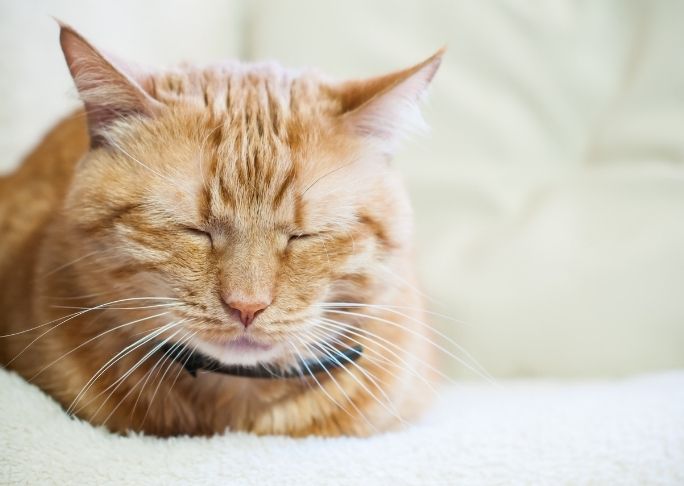
If your pet is sleeping and gets awakened by someone or noise, they are fully operational the next second and ready to act.
This action can also be attributed to their hunting instincts.
As earlier mentioned, your pet can rest his eyes instead of sleeping or in a non-REM stage sleeping stage.
In such cases, it’s even easier for him to wake up as it’s light sleep.
Conclusion
As a cat owner, you should work with your cat’s natural cycle.
Understand your cat’s nature and why they sleep the way they do instead of trying to get them to change.
That is what this article aims to achieve.
I believe the six amazing facts about your cat’s sleeping habits listed above will make you understand your cat better.
If you enjoyed this post on facts about your cat’s sleeping habits, share it on various social networks.






